One of our favorite seafoods - squid (Loligo spp., Loliginidae), is a very tasty and dietary food, regardless of how they are made. These have a soft body that is supported by the inner shell and the length varies from 2.5 cm to 215 cm, their meat is tender, tough and sweet. Squids are a close relatives of not the less delicious octopus and oysters.
Over 350 species of squid are known, but many of them mainly inhabit shallow coastal waters or live in a shallow depth below the surface of oceans, seas, lakes.
Squid (Teuthida) are cephalopods. They have eight short and two longer tentacles, all with suckers on them. Demersal species have skin that glows in spots. Squid bodies are torpedo-shaped.
They have very well developed vision and can change color in sync with their surroundings - often colored in white, brown, pink and red dots. Their excellent eyesight helps them to hunt successfully. When they are attacked, they throw a cloudy substance to confuse attackers.
Collosal squid (Mesonychoteuthis hamiltoni) is the largest species of squid and largest invertebrate on the planet, reaching 14 meters in length. Squid hut their food, grab prey with their long tentacles and pull it to its short tentacles that hold it tight while they eat. Another large species is the giant squid (Architeuthis dux), which has only cupping (tentacles) while a colossal squid’s tentacles have spikes on.
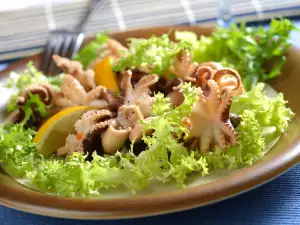
Since ancient times the squid is a popular food on the continent and in Japan. Since time immemorial, people have fished for squid not only for their delicious food and meat, but also because of their protective ink paint. Once, during the Middle Ages, it was used as ink for writing. It follows from this fact and the other name for squid "calamari", comes from the Latin "calmarius" or "writing".
Composition of squid
Squid are an extremely dietetic food, rich in protein and very low in fat. Even fried, squid would contain times less fat than the main types of red meat. Moreover squid are a great source of selenium (38 mcg) and vitamin B12 (1 mg 1), vitamins B2, B3, and the minerals phosphorus and zinc. This is one of the few sea foods high in cholesterol. Squid is rich in iodine, vitamins C, PP and E.
Nutritional information per 100 g squid (raw):
Calories: 92 kcal
Calories from fat: 12 Kcal
Fat: 1 gram of omega-3 fatty acids: 0.6 g Cholesterol: 233 mg Protein : 16 g Carbohydrates : 3 g Sodium : 44 mg
Selection and storage of squid
If you choose squid on the market, make sure they are fresh - watch the tubes are thicker and the meat is a solid color, not slightly transparent. A meaty squid ia delicious. Squid should be shiny and moist. If you buy them whole, their eyes should be bright, not cloudy, like all other seafood and fish.
If squid are fresh, they slightly smell of sea water, not fish. The membrane covering the squid is gray (not pink or purple). Live squid are a translucent color, but when caught, immediately change to red, pink, brown, blue or yellow.
Squid tubes may be slightly grooved or cut into slices suitable for boiling, steaming or frying. The tentacles can be chopped to pieces. When you buy a squid package, check the expiry date and type of preservative.
On the market you can find these squid products:
- Whole squid - typically sold chilled, surrounded by crushed ice, or frozen;
- Sliced squid - widely distributed and usually come ready packed and frozen. Found in almost all major grocery chains;
- Sterilized squid - available in jars, pickled and often used in salads.
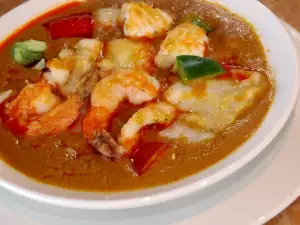
Culinary uses of squid
The meat of the squid is white, smooth, light and rubbery. Once cooked, it is very good. Usually squid are prepared grilled, fried, baked in foil, steamed or pressure cooked. Most squid have good taste when you do not let them get fully cooked. The general rule for cooking squid is for cooking to be minimal.
If you have a whole fresh squid, first remove the transparent cartilage inside. Take the head off the body, then the midsection and tentacles. Rinse well and dry the tubes and tentacles, before you start cooking. When cleaning, be careful not to burst the "ink" bag, because you and the meat will stain.
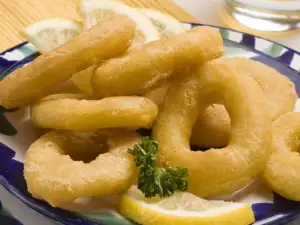
It is important to peel the purple membrane (if not peeled), and then dry them well and slice them in rings about 1 cm thick, and the tentacles can be left whole. If they are larger, cut them in half.
If you plan to make breaded or fried squid, first roll it in products intended for crumbing and then post them to fry in a deep pan with about 1.5 cm height of oil in the container. It is very important not to fry, they will become tough – the outside must be fried to a nice tan and the meat itself should not be brown.
Squid are delicious every way - cooked with tomato sauce with pasta or simple aromatic vegetable garnish. If you order calamari in a nice restaurant, it would be better to combine it with Sauvignon Blanc - this wine combines perfectly with this seafood. We offer you a proven delicious and easy recipe for squid:
Recipe for Marinated squid with a delicious sauce
Squid - 2 pieces, cleaned. For the marinade: milk, water, salt - to taste, pepper - optional ground. For the aromatic sauce: olive oil - 100 ml, Lemon - 30 g, dill - 1/2 bunch, garlic - 2-3 cloves, pepper, basil, oregano - 1 -2 pinches, as desired.
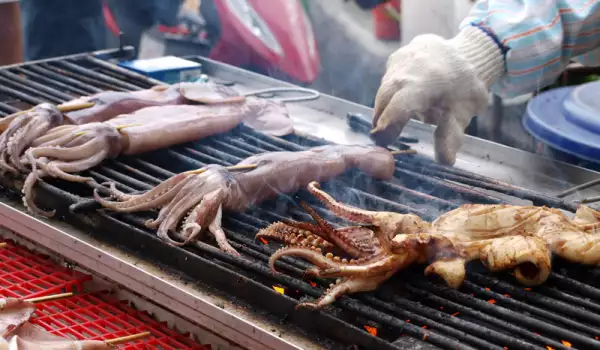

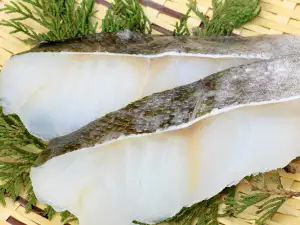


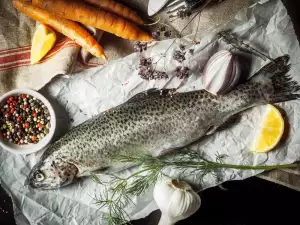
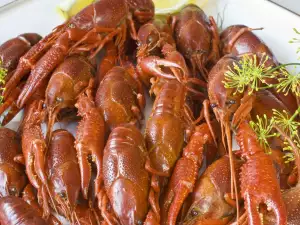
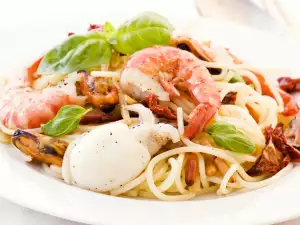

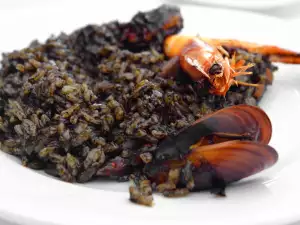




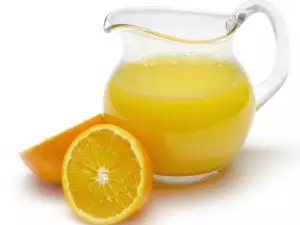




Comments